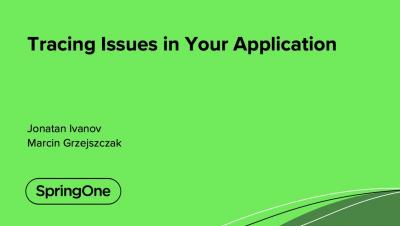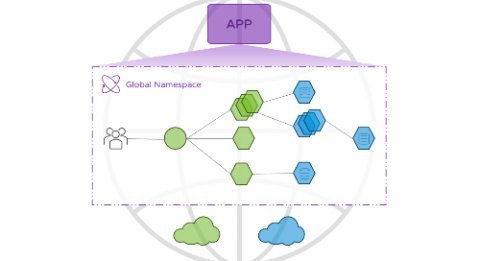How Rapid Iteration with GraphQL Helped Reenvision a Government Payments Platform
When embarking on digital transformation, success often comes down to using the right tools for the job. Emerging technologies have the ability to enable organizations to deliver better customer experiences more efficiently. This truism can serve as a forcing function for engineering teams to routinely reevaluate their tech choices and make sure they aren't missing out on a better solution.







